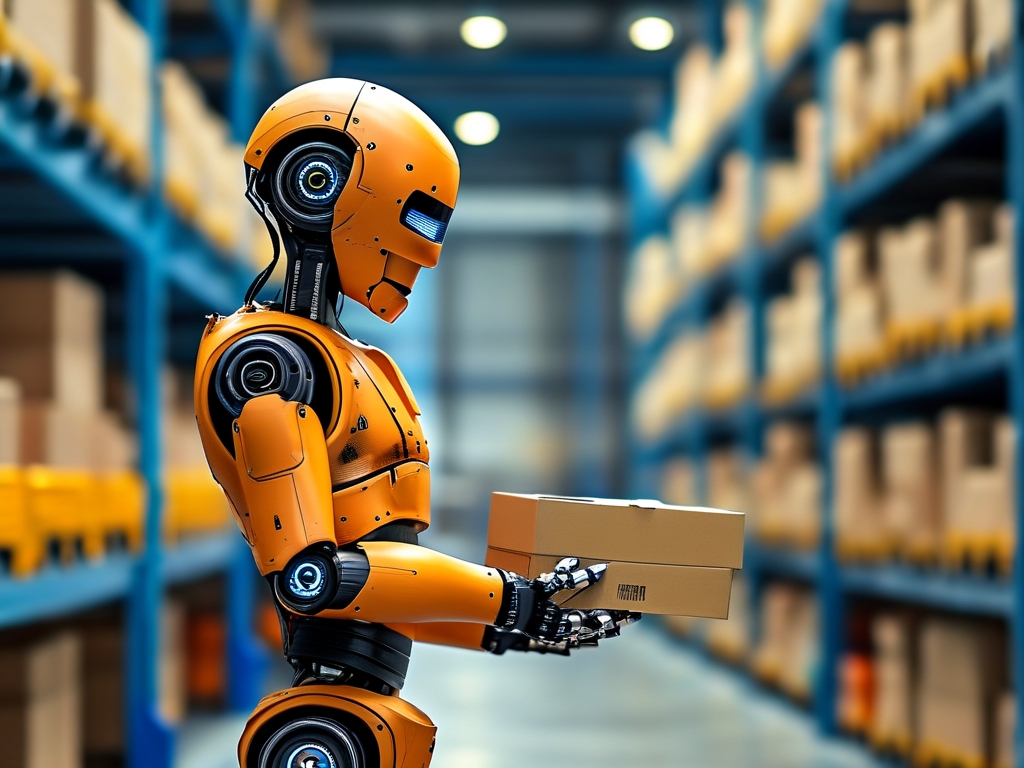In the era of industrial automation, robotic sorting technology has emerged as a cornerstone of efficiency across logistics, manufacturing, and e-commerce sectors. By combining advanced sensors, artificial intelligence (AI), and precision mechanics, this technology revolutionizes how items are categorized, organized, and dispatched. This article delves into the core principles of robotic sorting systems, their operational frameworks, and their transformative impact on modern industries.

1. Core Components of Robotic Sorting Systems
Robotic sorting relies on three fundamental components:
-
Sensory Input Systems:
High-resolution cameras, LiDAR, and infrared sensors capture real-time data about objects, including dimensions, weight, shape, and surface details. For example, 3D vision systems generate depth maps to distinguish irregularly shaped items, while barcode scanners identify product information. -
Central Processing Unit (CPU) and AI Algorithms:
Data from sensors is processed using machine learning models trained to classify objects. Convolutional neural networks (CNNs) analyze visual inputs, while decision-making algorithms prioritize sorting paths. Reinforcement learning enables robots to adapt to dynamic environments, such as fluctuating conveyor belt speeds. -
Actuation Mechanisms:
Robotic arms, suction grippers, or pneumatic pushers execute physical sorting. Delta robots, known for their speed, are often deployed for lightweight items, while articulated arms handle heavier loads.
2. Operational Workflow
The sorting process follows four stages:
-
Detection and Identification:
Items on a conveyor belt are scanned, and data is transmitted to the control system. Optical character recognition (OCR) may extract text from labels, while RFID tags enable wireless tracking. -
Decision-Making:
AI algorithms cross-reference item data with predefined categories (e.g., size-based bins or destination zones). Real-time adjustments account for exceptions, such as damaged packaging. -
Physical Sorting:
Actuators position items into designated chutes, containers, or pallets. Vacuum-based end-effectors minimize damage to fragile goods, while magnetic systems handle metallic objects. -
Feedback Loop:
Sensors validate successful sorting, and errors trigger recalibration. Performance metrics, like accuracy rates, are logged for system optimization.
3. Key Technologies Driving Innovation
- Machine Vision:
Hyperspectral imaging detects material composition, enabling waste sorting facilities to separate plastics by polymer type. - Path Planning Algorithms:
Robots calculate collision-free trajectories using algorithms like A* or RRT (Rapidly Exploring Random Tree), crucial in high-density warehouses. - Edge Computing:
Decentralized processing reduces latency, allowing robots to make split-second decisions without relying on cloud servers.
4. Applications Across Industries
- E-commerce Fulfillment:
Companies like Amazon deploy Kiva robots to sort 1,000 items per hour, reducing order processing times by 70%. - Recycling Plants:
AI-powered systems achieve 95% accuracy in segregating recyclables, significantly improving sustainability efforts. - Pharmaceuticals:
Robots sort medical supplies under sterile conditions, minimizing human intervention and contamination risks.
5. Challenges and Future Directions
Despite its advantages, robotic sorting faces hurdles:
- High Initial Costs:
Advanced systems require significant capital investment, though ROI is achieved through long-term efficiency gains. - Complex Object Handling:
Transparent or deformable items (e.g., plastic bags) challenge traditional sensors. - Integration with Legacy Systems:
Retrofitting old warehouses with automation infrastructure remains a technical and financial barrier.
Future advancements may include:
- Tactile Feedback Systems:
Soft robotics with pressure-sensitive grippers for delicate objects. - Swarm Robotics:
Coordinated fleets of mini-robots working in unison for scalable sorting. - Quantum Computing:
Accelerated decision-making for ultra-complex sorting scenarios.
Robotic sorting technology represents a synergy of hardware precision and AI-driven intelligence. As industries increasingly prioritize speed and accuracy, this technology will continue to evolve, reshaping supply chains and setting new benchmarks for operational excellence. From reducing carbon footprints in recycling to enabling next-day delivery in e-commerce, its applications underscore a transformative shift toward a smarter, more automated future.

